I arrived in Salerno with a mix of anticipation and curiosity. Tucked along the Tyrrhenian coast in southern Italy, this port city is often overshadowed by the flashier Amalfi towns or the historical gravitas of Naples. But what drew me here wasn’t just the medieval charm or coastal beauty—it was a hunch that Salerno could be a more laid-back, authentic hub to explore Campania.
My journey started the moment I stepped off the train. From that point forward, every mode of transportation I encountered gave me a clearer picture of how the city breathes, moves, and connects with its surroundings. Getting around Salerno is a lot more intuitive than it may appear on a map. Still, there are layers to it that only unfold once you’re inside the system, walking the streets, catching the buses, waiting for ferries, or simply observing how locals flow through their day.
1. Arriving in Salerno: First Steps into the City
My train into Salerno’s central station—Stazione di Salerno—after about two hours of smooth, scenic travel. The station is a gateway to the city, modest but efficient. Located right in the heart of town on Piazza Vittorio Veneto, it places you within walking distance of both the historic center and the more modern shopping avenues.
Outside the station, I took a few minutes just to orient myself. Unlike Naples, where the moment you exit the station can feel a bit overwhelming, Salerno is calm. Taxis were lined up in neat rows, drivers leaning on their hoods and talking amongst themselves, ready to offer a ride but never pushy.
There are also bus stops immediately outside, where local buses operated by Busitalia Campania come and go in a reliable rhythm. For anyone arriving by train, I recommend not rushing. Grab a quick espresso at one of the cafés just outside the station, then ease into the city at your own pace.
2. Exploring the Historic Center on Foot
The oldest part of the city—Centro Storico—is best explored on foot. No question about it. The narrow alleys, cobblestone lanes, and archways seem almost designed to discourage vehicular traffic. Even locals tend to walk or use scooters when navigating the core.
From my accommodation near Via Mercanti, I was able to reach Salerno Cathedral, the medieval Minerva Gardens, and the seafront promenade all within a 15-minute radius. There’s something deeply gratifying about walking in Salerno. The terrain is gentle, the streets clean, and there’s an underlying rhythm that aligns with a pedestrian’s pace.
That said, walking is more than just convenient here—it’s essential for soaking up the layered textures of the city. The uneven stones underfoot, the laundry lines overhead, the echoes of Italian voices bouncing off ancient walls—they all become part of the journey.
3. The Local Bus System: Efficient and Affordable

Salerno’s bus system is surprisingly well-structured for a city of its size. It’s operated primarily by Busitalia Campania, and routes cover both the city and the broader province. I found the buses punctual most of the time, clean, and easy to navigate once I got the hang of the numbering system.
Bus tickets are inexpensive—about €1.30 for a single ride if bought in advance at newsstands or tobacco shops (Tabacchi). It’s important to validate your ticket when you board. There are small yellow machines at the front and back of each bus; insert your ticket for a time stamp. Failure to do this can result in a fine, even if you have a valid ticket in hand.
One of the routes I used frequently was the number 4, which loops around much of the central city. It became a reliable way to get from my place to the eastern neighborhoods or down to the ferry terminal at Piazza della Concordia.
There’s also a tourist-friendly mobile app called UnicoCampania that includes route maps, ticket info, and live bus tracking. I recommend downloading it before you arrive.
4. Taxis: When Convenience Wins
While public transit and walking handle most mobility needs, there are times when a taxi just makes sense. For instance, when I had a late dinner at Osteria dei Sapori, tucked away on a slope near the upper old town, the walk back down seemed a bit treacherous in the dark, so I called for a cab.
Taxis in Salerno are not particularly cheap, but they are dependable. The base fare usually starts around €3.50 during the day and can rise to over €5 in the evenings or on holidays. There’s an added charge for luggage and rides outside city limits.
Most drivers speak basic English, but I found that giving them a screenshot of my destination worked wonders. They also accept card payments more often than not, but I kept cash on me just in case.
For airport transfers, especially to Naples Capodichino Airport, taxi rates are fixed (around €100–€120) and must be pre-arranged. Shared shuttle services exist, but I personally found them too erratic on timing.
5. Ferries and the Sea: Scenic Transit Options
One of the most pleasant surprises of my stay in Salerno was how integrated ferry services are with everyday movement. The Metrò del Mare and local ferry lines like Travelmar offer not just scenic tours but practical transport, especially along the Amalfi Coast.
From the Molo Manfredi and Piazza della Concordia docks, you can board fast boats to Amalfi, Positano, and even Capri. The service is seasonal—typically running from April through October—and tickets can be bought both online and at kiosks by the pier.
The ride to Amalfi took about 35 minutes, and what struck me wasn’t just the view of cliffs plunging into aquamarine water, but the convenience. No hairpin roads, no traffic congestion—just fresh air and sea spray. The ferries leave frequently in the mornings and return in the late afternoons, aligning well with a day trip itinerary.
I took the ferry multiple times during my stay, not just to reach the coast, but because it became a ritual in itself—an excuse to be on the water, away from the narrow roads.
6. Reaching Surrounding Destinations by Train
Salerno’s central station is a powerful asset for anyone looking to explore beyond the city. It connects seamlessly to both high-speed and regional rail lines. During my stay, I used it to reach Naples, Pompeii, and Paestum—all without needing to rent a car.
The Frecciarossa and Italo high-speed trains can take you north to Rome or Milan in just a few hours, while the Trenitalia regionale trains cover shorter distances. My ticket to Pompeii cost just €3.00, and the trip took about 35 minutes. No need for reservations—just buy a ticket at the station kiosk, validate it, and hop on.
For Paestum, which is south of Salerno and home to some of the best-preserved Greek temples in the world, regional trains run about once every hour. It’s an easy, direct route with scenic countryside views along the way. That trip became one of the highlights of my journey—not just for the ruins, but for how simple it was to get there and back in a day.
7. Driving in Salerno: A Mixed Bag

Renting a car crossed my mind, but after observing the local traffic for a couple of days, I reconsidered. The roads in Salerno are narrow and often one-way. Parking is scarce and tightly regulated. For someone unfamiliar with the local driving customs (which lean toward assertive, if not outright chaotic), it might be more stress than it’s worth.
That said, I did rent a car for a two-day excursion into Cilento National Park. Picking up the car from a rental agency near the train station was straightforward. I chose a compact vehicle—essential, given the tiny village roads.
Outside of Salerno, the roads opened up, and the drive became more enjoyable. I stopped in smaller towns like Castellabate and Acciaroli, places where public transit doesn’t reach efficiently. But driving is best saved for those specific rural getaways. Within Salerno and along the Amalfi Coast, the combination of buses, ferries, and trains easily wins for convenience.
8. Biking: Leisure More Than Logistics
There’s a growing bike culture in Salerno, especially along the Lungomare Trieste, the long promenade that hugs the coastline. I rented a bike for a morning ride, starting from near the Santa Teresa beach and going all the way to the port area.
While this kind of cycling is delightful, it’s more recreational than practical. Once you leave the waterfront, the terrain becomes less bike-friendly. There are few designated lanes, and traffic doesn’t always make room for cyclists. That said, for a relaxed ride with sea views, it’s hard to beat.
9. Airport Access: Connections to Naples and Beyond
Salerno does have a small regional airport—Salerno Costa d’Amalfi Airport (QSR)—but at the moment, its commercial flights are limited. Most travelers, myself included, rely on Naples International Airport (NAP), about 60 kilometers away.
From Salerno, Took a direct Alibus shuttle to Naples, then transferred to the airport bus. The total journey took just under two hours. For something faster and more comfortable, private transfer services are available, and if booked in advance, they’re not much more expensive than piecing together bus connections.
Plans are underway to expand flight options at Salerno’s airport, and based on local chatter, there’s hope that more domestic routes will be added soon.
10. Final Observations from the Streets of Salerno
Over the course of two weeks, I got to know the ebb and flow of transportation in Salerno not just through planning, but through trial and curiosity. Some days I walked for hours, chasing corners I hadn’t yet turned. Other days, I relied on buses or ferries, letting schedules dictate my direction. Taxis became a night-time convenience, while trains became the threads tying together a broader tapestry of places.
What stood out wasn’t just the infrastructure itself, but how organically it all connects. Nothing felt overly complex once I gave it a day or two. The systems are there, quietly working, waiting for you to lean into them.
Salerno may not scream for attention the way other Italian cities do, but it moves with a quiet assurance—its own rhythm of steps, wheels, sails, and rails. It rewards patience and invites participation. Not once did I feel stranded or overwhelmed, which, when traveling in southern Italy, is a quiet luxury all its own.
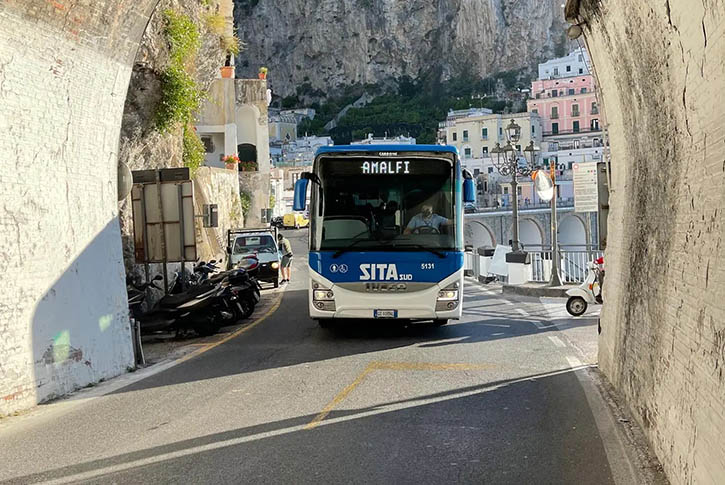
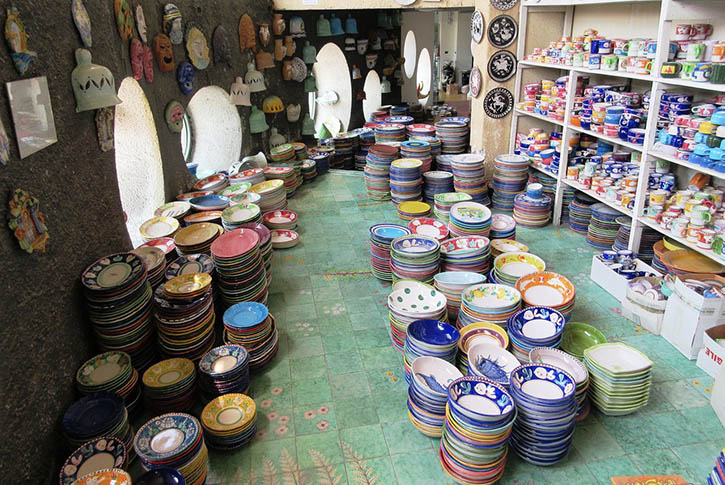

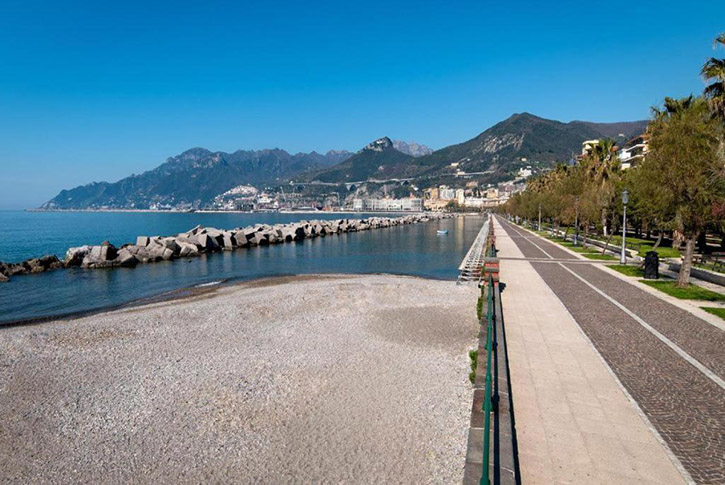
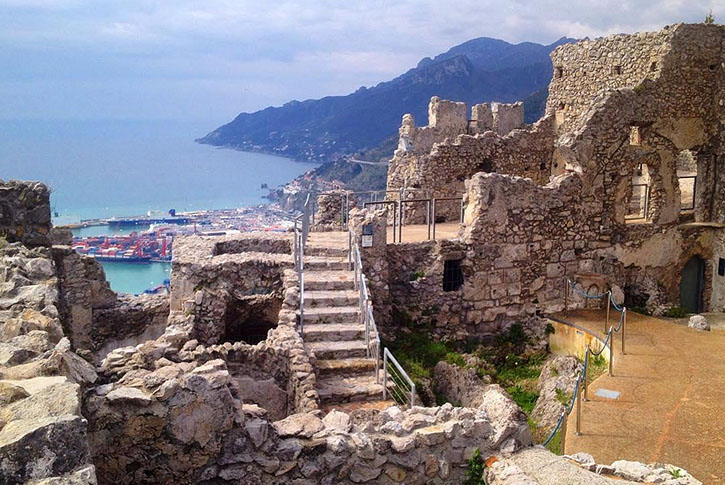
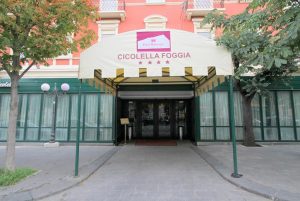
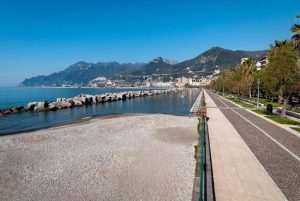

+ There are no comments
Add yours